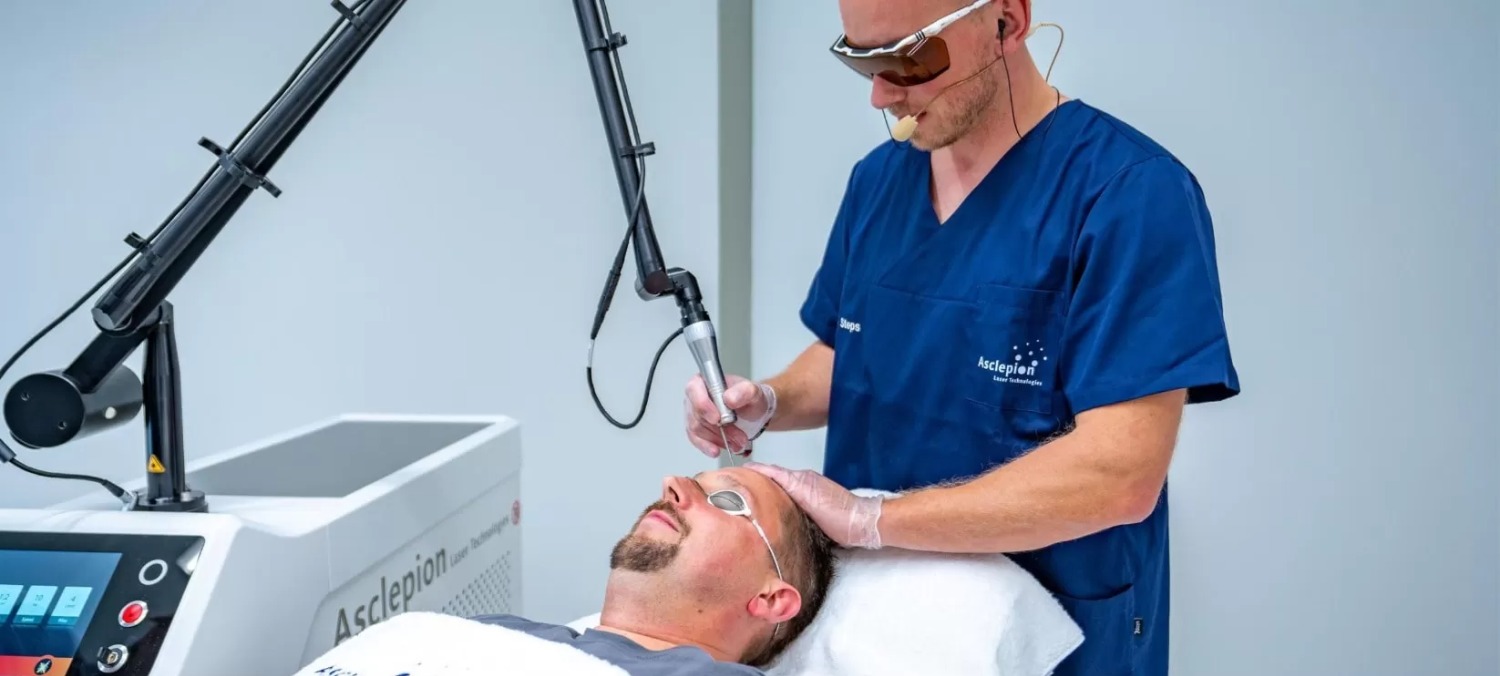Medical Laser Applications in Dermatology and Aesthetics
Medical Laser Applications in Dermatology and Aesthetics
Blog Article

Medical lasers have revolutionized the fields of dermatology and aesthetics, offering precise and minimally invasive solutions for a wide range of skin concerns. From treating acne and removing unwanted hair to rejuvenating aging skin and correcting vascular lesions, laser technology has become an indispensable tool for dermatologists and aesthetic practitioners. This article explores the diverse applications of medical lasers in these fields, highlighting the benefits and advancements that have transformed skin care and aesthetic treatments.
Lasers used in dermatology and aesthetics operate on the principle of delivering a focused beam of light with specific wavelengths. These wavelengths interact with the skin in various ways, targeting specific chromophores, such as melanin, hemoglobin, or water, to achieve the desired therapeutic effect. This precision allows for targeted treatment of skin conditions while minimizing damage to surrounding healthy tissues.
One of the most common applications of lasers in dermatology and aesthetics is hair removal. Laser hair removal utilizes lasers that target the melanin in hair follicles, effectively destroying them and preventing future hair growth. This method is highly effective, safe, and can provide long-lasting results. Different laser wavelengths are used to target different skin types and hair colors, ensuring optimal outcomes.
Lasers are also widely used to treat a variety of skin conditions, including:
Acne: Lasers can target the bacteria that contribute to acne, reduce inflammation, and improve skin texture.
Vascular lesions: Conditions like spider veins, port-wine stains, and hemangiomas can be effectively treated with lasers that target the hemoglobin in blood vessels, causing them to shrink and fade.
Pigmented lesions: Age spots, sun spots, and freckles can be lightened or removed with lasers that target the melanin in these lesions.
Scars: Laser therapy can improve the appearance of scars by stimulating collagen production and reducing redness and thickness.
Skin resurfacing: Lasers can be used to remove the outer layers of damaged skin, revealing smoother, younger-looking skin underneath. This is effective for treating wrinkles, fine lines, and uneven skin tone.
In addition to treating skin conditions, lasers are also used for a variety of aesthetic procedures, including:
Wrinkle reduction: Lasers can stimulate collagen production, improving skin elasticity and reducing the appearance of wrinkles and fine lines.
Skin tightening: Lasers can tighten loose skin by heating the deeper layers of the skin, stimulating collagen contraction and production.
Tattoo removal: Lasers can break down the ink particles in tattoos, allowing them to be gradually absorbed by the body. Different laser wavelengths are used to target different tattoo ink colors.
Advancements in laser technology have led to the development of more precise and effective treatments. Fractional lasers, for example, deliver laser energy in a fractionated pattern, creating microscopic treatment zones while leaving surrounding skin intact. This results in faster healing times and reduced downtime for patients. Picosecond lasers deliver ultra-short pulses of laser energy, allowing for more efficient and targeted treatment of pigmented lesions and tattoos.
The use of lasers in dermatology and aesthetics offers numerous benefits, including:
Precision: Lasers can target specific skin concerns without damaging surrounding tissues.
Minimally invasive: Laser treatments are typically non-surgical and require minimal downtime.
Effective results: Laser therapy can provide significant and long-lasting improvements in skin appearance and condition.
While laser treatments are generally safe, it is essential to seek treatment from a qualified and experienced dermatologist or aesthetic practitioner. They can assess your skin condition, recommend the most appropriate laser treatment, and ensure your safety during the procedure.
Medical lasers have transformed the fields of dermatology and aesthetics, providing effective and minimally invasive solutions for a wide range of skin concerns. As technology continues to advance, we can expect even more innovative applications of lasers to emerge, further enhancing our ability to achieve healthy and beautiful skin.